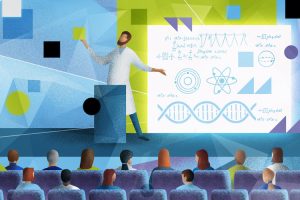How to Determine One’s Ancestry Using DNA Te...
Geneticist George Busby on mutations, African and European genomes, and genetic markers
What are the current scientific views on the nature of aging? How can we increase our lifespan? Associate Professor at Harvard Medical School Konstantin Khrapko speaks on how different organisms deal with aging.
In the periods such as drought, hunger, famine, where animal cannot spend its resources on producing offspring, but instead should start huddle up and conserve resources to live through this hard period and after this is over it can again start to grow and produce offspring. It may be that there is a switch which sort of puts an animal in this another state. And indeed, many animals have this kind of regulation.
Why do we need to repair ourselves? And how much do we need to repair ourselves? For an animal in the wild the ultimate goal is to reproduce its genes, so what we need is to perhaps live till we produce our offspring and then we can die. But this is not the whole story. Many animals actually have several sets of offspring. And the more sets of offspring you have, the higher selective advantage you have in a population. In principle, any animal wants to live longer.
There are a few factors which affect the damages, which accumulate in our tissues with aging. Maybe there is actually one major factor, which is the main and the most important. And if we somehow deal with that factor we will increase the lifespan by a very significant amount.

Geneticist George Busby on mutations, African and European genomes, and genetic markers

On the history of medical research in STS, Dutch hospitals, and Mol's work

Parents can finally find out how their newborn children see them